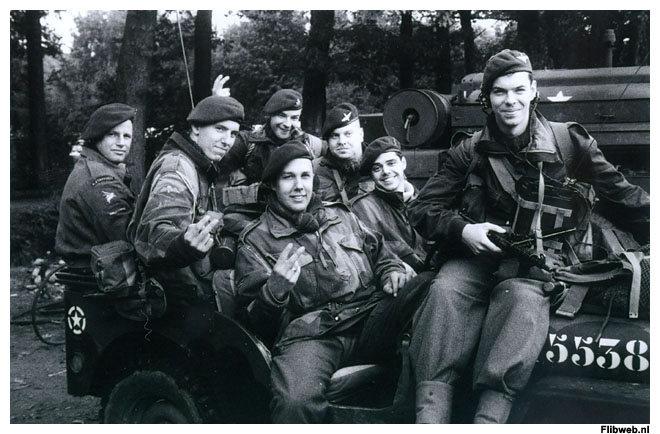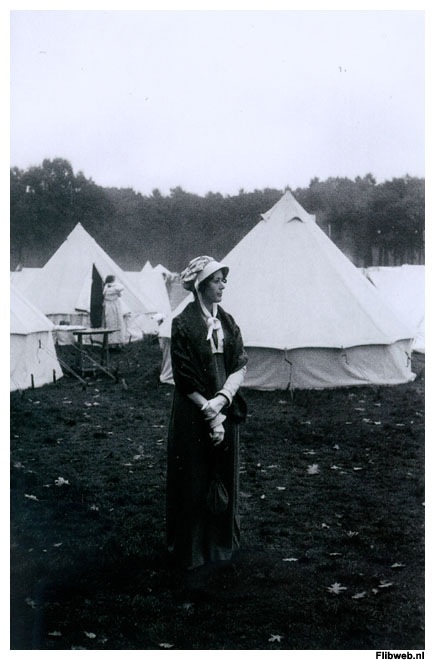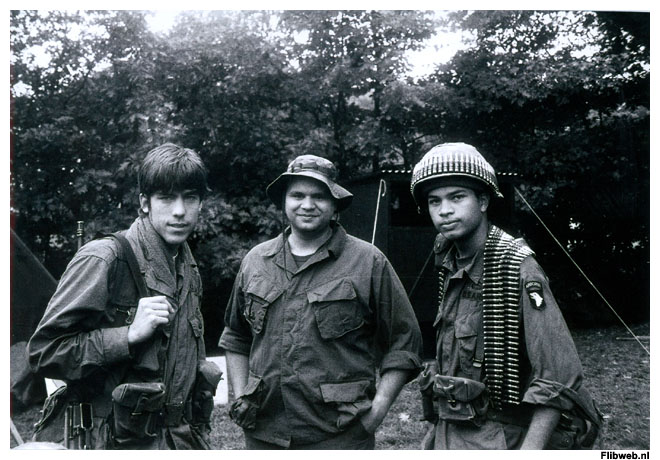chut
Luceat Lux Vestra
A few retro/historic questions:
Do you folks have a preferred 35 mm film when you're shooting with your older (1930s to 1950s) gear? If you've got 'em please post sample photos and cite the film and gear you used.
Is there film one can currently buy that tends towards that vintage look?
Finally, I'm looking to read up on the history and development of film. Are there any good books out there? I've seen the Story of Kodak, which naturally focuses solely on one company's history. I'm wondering if there's a book that covers other companies such as Agfa, Efke, etc.
Do you folks have a preferred 35 mm film when you're shooting with your older (1930s to 1950s) gear? If you've got 'em please post sample photos and cite the film and gear you used.
Is there film one can currently buy that tends towards that vintage look?
Finally, I'm looking to read up on the history and development of film. Are there any good books out there? I've seen the Story of Kodak, which naturally focuses solely on one company's history. I'm wondering if there's a book that covers other companies such as Agfa, Efke, etc.
Last edited:





